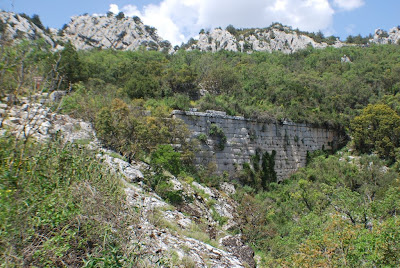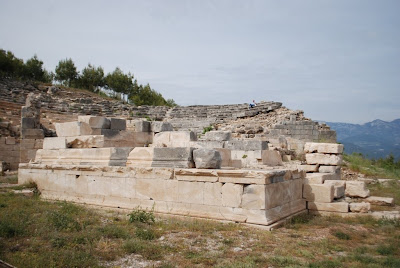Alas, though, in flying out of Turkey, I am also finishing my travelling for the year. In May, I shall be digging in Corinth with the American School of Classical Studies, then: back to America at the start of June! So now is a good time to bid adieu. I hope you have enjoyed reading about my various movements, - and perhaps even have been impelled to delve a bit deeper into the history of the various sites mentioned.
It but remains to thank the American School for organising the Academic Year Program, accepting me as a member this past year, and awarding me a fellowship towards its cost.
In particular, I want to express my deep gratitude to Margie Miles, the Mellon Professor, who thrashed us round Greece, and put up with our foibles and foolishnesses with unremittingly good grace. She has been quite astoundingly devoted to us, even in the small ways that matter most - such as giving us some idea as we got off the bus at a site how long we might expect to be there. How she did it, I do not know, but it has been a wonderful experience, and it would not have been the same without her hard work and dedication.
Last but not least, though, I should acknowledge James Rignall Wheeler, in whose honour the fellowship I received was named, together with those who sponsored that fellowship, and continue to support the American School. Without them, the School itself, let alone the Regular Program, or my involvement in it, would not be possible. Why not join them?

































